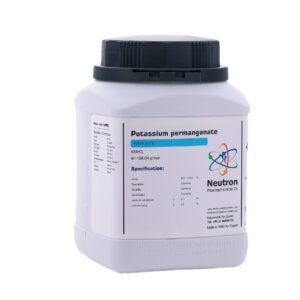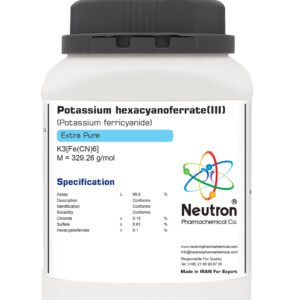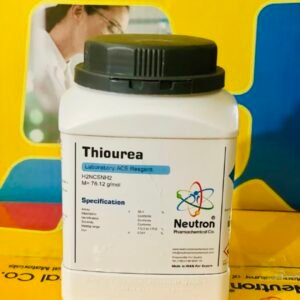دی اتانول آمین
| Formula | C4H11NO2 |
| Chemical formula | NH(CH2CH2OH)2 |
| Density | ~ 1.09 g/cm3 (20°C) |
| Molar mass | 105.14 g/mol |
| CAS number | 111-42-2 |
| HS Code | 29221200 |
| EC number | 203-868-0 |
| Storage | Without limitation |
| SDS | available |
| R phrase | R 22-38-41-48/22 |
| S phrase | S 26-36/37/39-46 |
| Odour | slightly of ammonia |
| Form | solid/liquid |
| Color | colourless |
| Explosion limit | 2.1 to10.6 vol % |
| Ignition temprature | 365 -370°C |
| pHvalue | ~11(53 g/l 15 °C) |
| Solubility in water | freely soluble |
| Solubility in ethanol | soluble |
| Flash point | 176 °C |
| Melting point | 28°C |
| Boiling point | 269 – 270 °C |
| Vapur pressure | <0.01 hPa (25°C) |
| Viscosity dynamical | 390 mPa*s (30°C) |
| Termal decomposition | >390 g/m3 (20°C) |
| Assay | ≥ | 98.0 | % |
| Appearance | Clear | ||
| Identification | Conforms | ||
| Melting point | 25 – 28 | ||
| Water | ≤ | 0.3 | % |
Diethanolamine (DEA) is a colorless to pale yellow, viscous organic liquid with a mild ammonia-like odor. It is widely used as an emulsifier, surfactant, and chemical intermediate in a variety of industrial and consumer products.
🏭⚗️ Production
Diethanolamine is produced by the reaction of ethylene oxide with aqueous ammonia. This process typically yields a mixture of monoethanolamine (MEA), diethanolamine (DEA), and triethanolamine (TEA), which are then separated by distillation.
🔬 Properties
Diethanolamine has the chemical formula C₄H₁₁NO₂ and a molar mass of approximately 105.14 g/mol. It is a hygroscopic, viscous liquid that is miscible with water, alcohols, and many organic solvents. DEA has both amine and alcohol functional groups, making it reactive and useful in a wide range of chemical applications. Its boiling point is around 269 °C and it decomposes before reaching its boiling point under atmospheric pressure.
🧪 Applications
DEA is used as a surfactant and emulsifying agent in cosmetics, shampoos, and personal care products. It also serves as a corrosion inhibitor in metalworking fluids and a gas-scrubbing agent in natural gas processing. In the chemical industry, it is a building block for the synthesis of morpholine, lubricants, pharmaceuticals, and agricultural chemicals.
⚠️ Safety
Diethanolamine is potentially harmful if inhaled, ingested, or absorbed through the skin. Prolonged exposure may cause skin and eye irritation and can affect the liver and kidneys. DEA is also suspected of being carcinogenic with long-term exposure. Proper PPE, good ventilation, and safe handling practices are essential. It should be stored in a cool, dry place away from acids and oxidizing agents.





